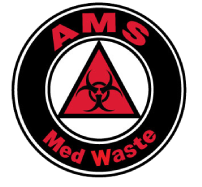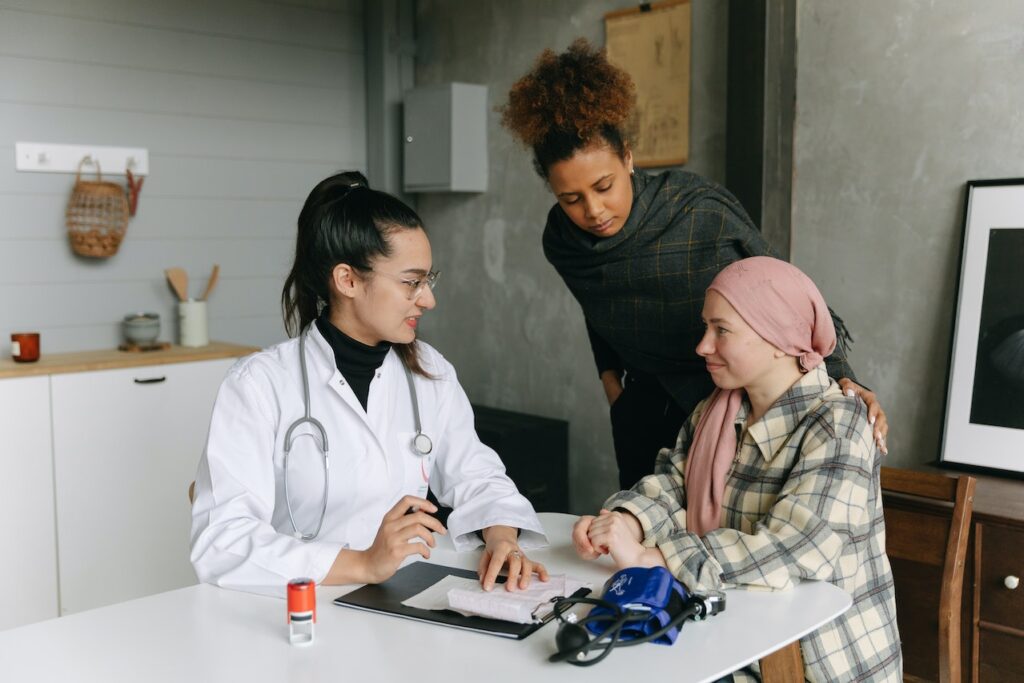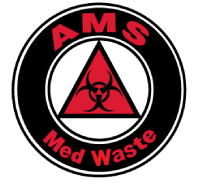Chemotherapy is one of the most common treatments for cancer, and it often involves using hazardous materials that must be handled with caution. When these materials are no longer needed, proper disposal of chemotherapy waste is necessary to protect people’s health and the environment. Knowing how to dispose of chemotherapy waste safely can help reduce risks associated with exposure to toxins and other harmful substances. This blog post will discuss the different types of chemotherapy waste and tips on properly disposing of chemotherapy waste in your home or healthcare facility.
What Exactly is Chemotherapy Waste?
Chemotherapy waste is any material used in chemotherapy treatments that contain hazardous or toxic substances. It can include drugs, syringes, gloves, masks, gowns, and other items contaminated with bodily fluids. It’s important to note that these materials are considered medical waste and should not be disposed of like regular household garbage. In healthcare facilities such as hospitals or clinics where chemotherapy is administered, unique containers must be used to store the waste until it can be properly disposed of. These containers come in various sizes and are typically yellow or black in color so they can easily be identified by personnel on-site who know how to handle them safely and differentiate them from other waste streams.
How to Properly Dispose of Chemotherapy Waste?
Proper disposal of chemotherapy waste is critical to ensure the health and safety of healthcare workers and the public. The first step in disposing of chemotherapy waste is to separate it into two categories: Bulk or Trace Chemotherapy Waste. Trace chemotherapy is defined as any chemotherapy waste that contains less then 3% of the original volume. It should be placed in appropriate containers with tight lids, such as sharps containers for needles, syringes, vials, and other sharp objects. These containers are typically yellow in color. At the same time, Bulk chemotherapy products meaning those products that contain more than 3% of the original volume should be disposed of in black containers and treated as Hazardous waste. It’s important to identify these items clearly so they can be handled properly when a medical waste management company picks them up.
Why is the Proper Disposal of Chemotherapy Waste So Crucial?
Chemotherapy waste can contain dangerous and toxic chemicals, so it’s important to take the proper steps to dispose of it safely. Improper disposal of chemotherapy waste may lead to contamination of water sources or exposure to hazardous materials for people in the vicinity. In addition, improper disposal can also result in fines and other penalties for healthcare facilities that aren’t following local regulations.
How Can AMS MedWaste Help?
AMS MedWaste provides secure medical waste solutions for hospitals, clinics, and other healthcare facilities that generate trace chemotherapy waste. We offer a variety of container types and sizes that are tailored to meet each customer’s specific needs. Our team is available 24/ hours, seven days a week to ensure your waste is securely managed and disposed of properly. We also provide comprehensive compliance training programs for healthcare workers and staff on the proper handling, storage, and disposal of chemotherapy drugs and trace chemotherapy waste.
AMS MedWaste: Your Reliable Chemotherapy Waste Disposal Partner
At AMS MedWaste, we understand the importance of safely disposing of chemotherapy waste. Our team is available Mon-Fri (8am-5pm) to ensure your waste is securely managed and disposed of properly. Contact us today to learn more about our medical waste solutions!






